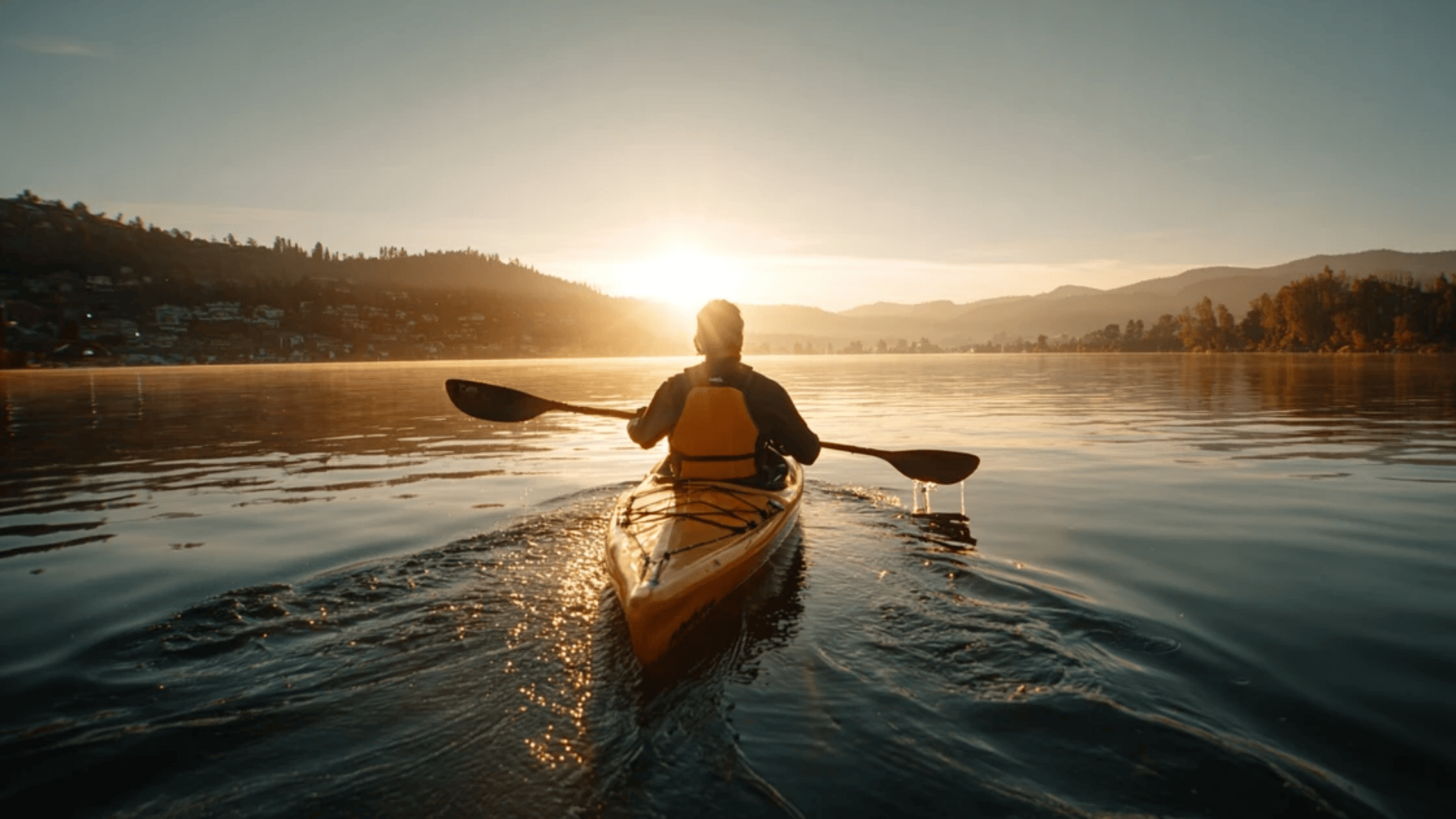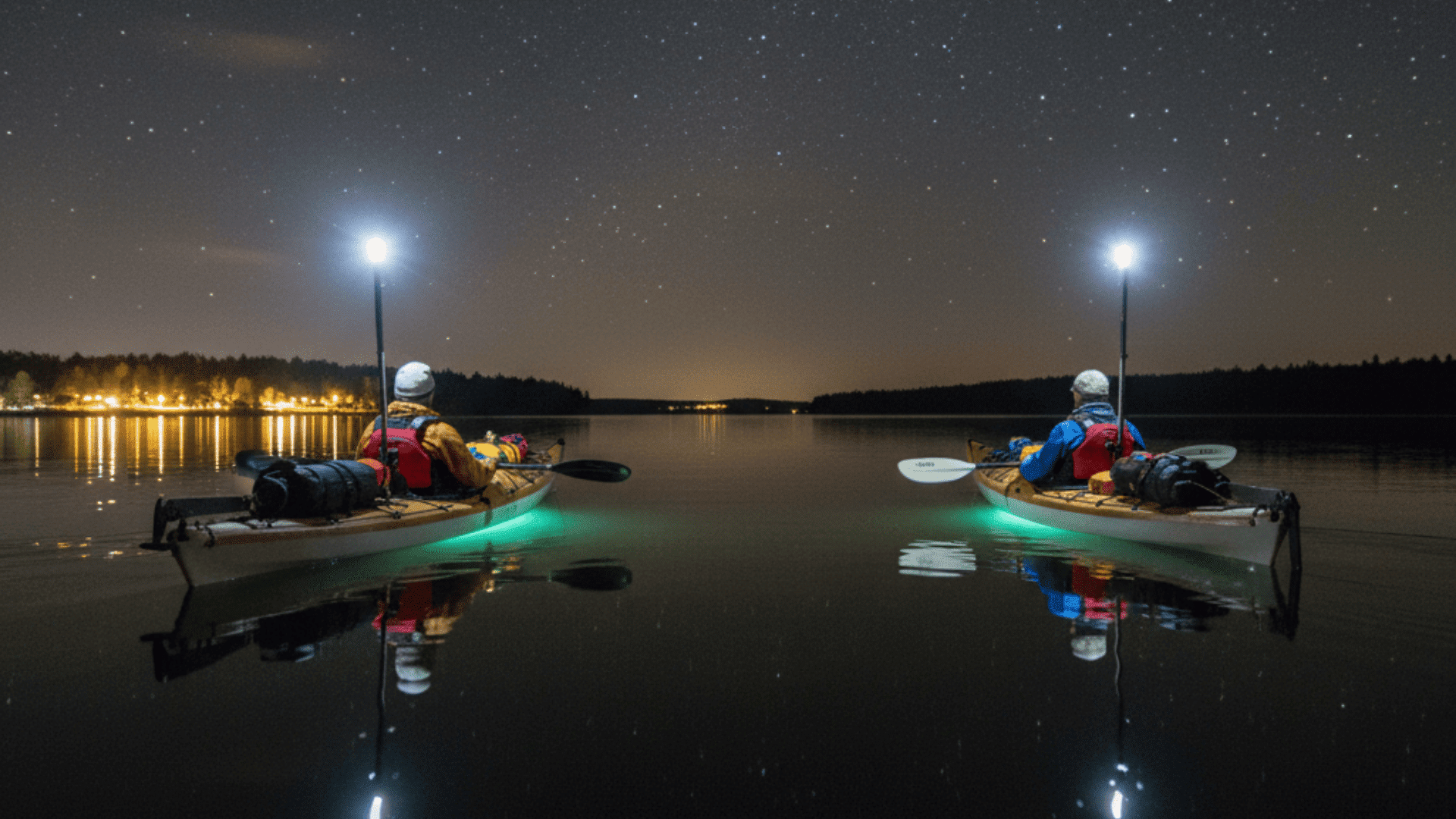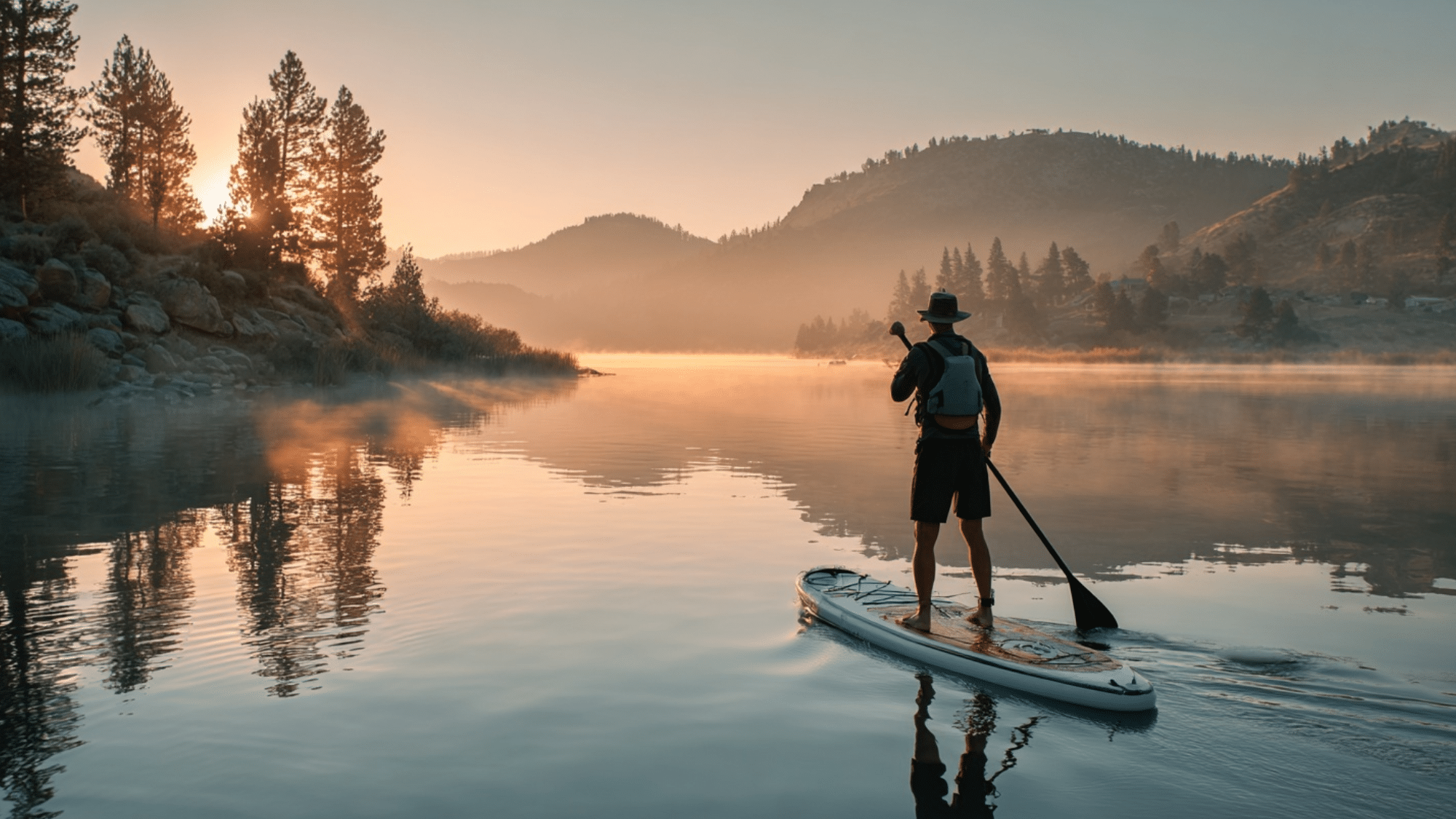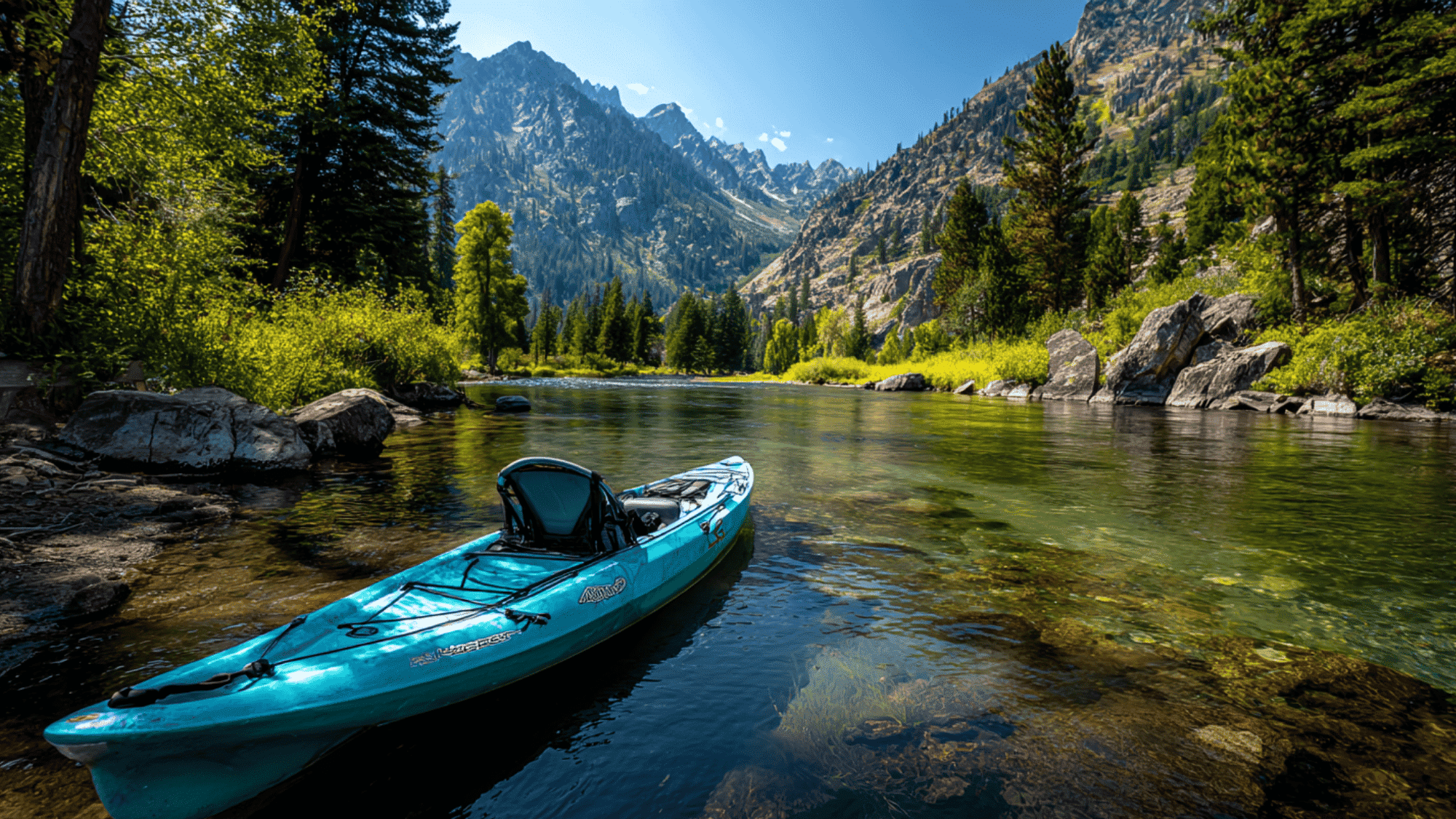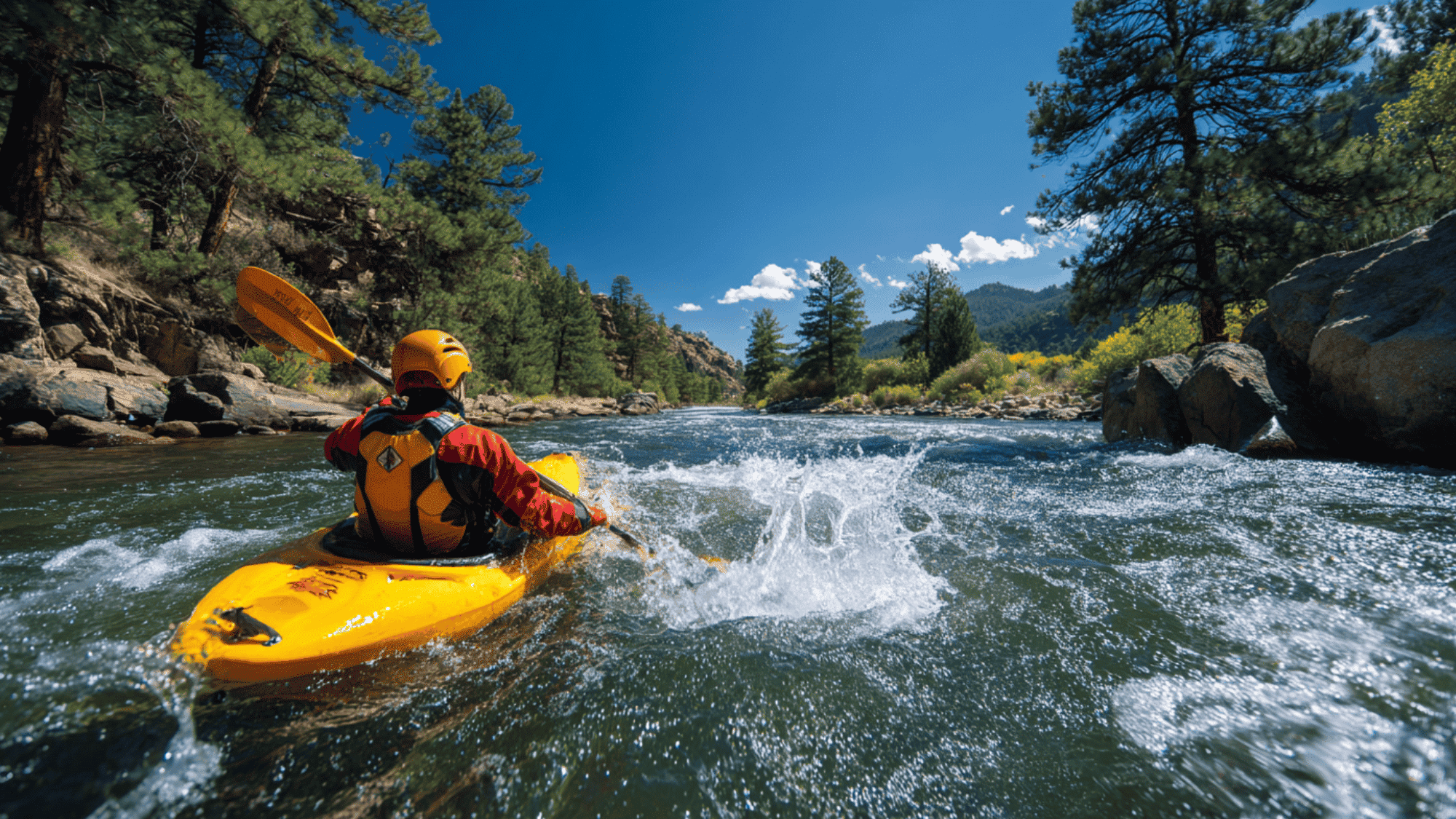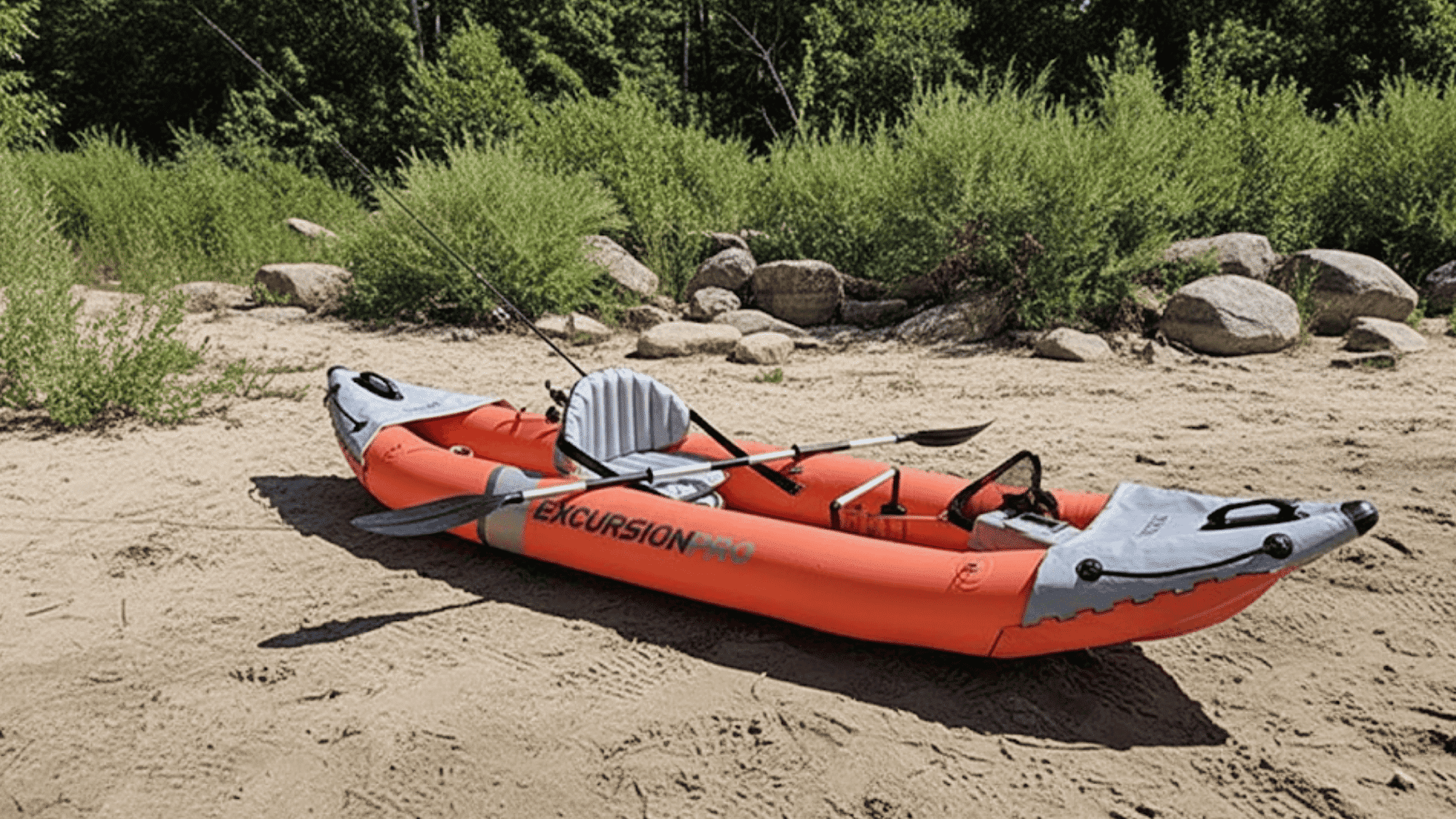When people think of paddling, they often imagine freedom, fun, and the peaceful rhythm of open water.
However, beneath the calm surface, safety remains what makes every trip truly enjoyable.
At the heart of safe paddling lies the Personal Flotation Device (PFD), the single most important piece of gear you can wear.
More than just a regulation or recommendation, it’s a lifeline that protects beginners and experienced paddlers alike. Understanding how to choose the right fit and design is essential.
With careful selection, a PFD doesn’t just keep you safe; it gives you the confidence to enjoy every moment on the water.
What is a Personal Flotation Device?
A Personal Flotation Device (PFD) is a specially designed vest created to keep you afloat if you find yourself in the water.
Unlike the bulky life jackets typically associated with boating or sailing, paddling-specific versions are carefully engineered for comfort and freedom of movement.
They feature:
- Larger arm openings that allow unrestricted paddle strokes
- High backs that fit well against tall seat rests
- Lightweight foam or inflatable options that remain comfortable for hours on the water
This balance of safety and mobility makes them essential equipment.
By combining flotation protection with design elements tailored to paddling, these vests ensure both security and performance every time you head out.
Why Wearing a PFD Matters More Than You Think
Some paddlers believe they don’t need a vest because they’re strong swimmers. That’s a dangerous misconception.
Here’s why every paddler should wear a PFD:
- Unexpected capsizes can happen to anyone, including experts
- Cold water shock can disable muscles within minutes
- Fatigue sets in quickly when fighting currents
- Equipment entanglement can occur during emergency situations
In the United States, the Coast Guard requires that every person on board have access to a PFD, and wearing it is strongly recommended across all states.
How PFDs Keep You Afloat
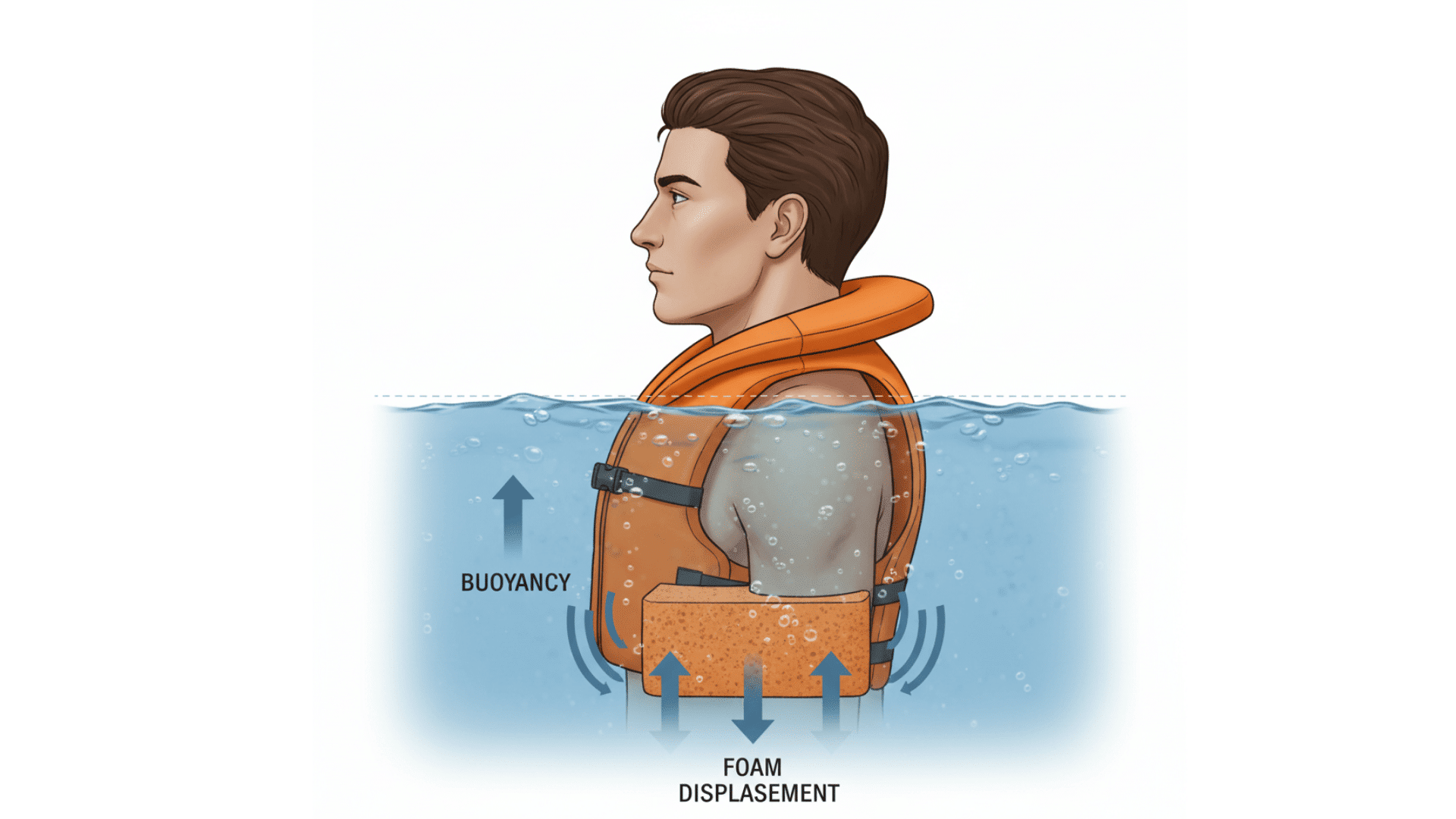
The science is straightforward: these vests are designed with buoyant material that displaces water, helping you float.
There are different classifications, but for paddlers, Type III foam vests are the most popular choice.
They provide an optimal balance between comfort, freedom of movement, and adequate flotation for most recreational activities.
Inflatable models are also available, but they require activation and regular maintenance, so most beginners prefer foam versions due to their reliability and simplicity.
Features That Make an Excellent PFD
Not every vest is created equal. The best ones combine multiple important qualities:
| Feature | Why It Matters | What to Look For |
|---|---|---|
| Fit & Adjustability | Prevents vest from riding up or shifting | Multiple adjustment points on shoulders, sides, and waist |
| Mobility | Allows unrestricted paddle strokes | Large armholes and streamlined design |
| Ventilation | Keeps you cool during activity | Mesh back panels and breathable fabrics |
| Durability | Withstands regular use and UV exposure | Tough outer fabric with UV-resistant coating |
| Safety Extras | Enhances visibility and emergency response | Pockets, gear attachment points, reflective strips, whistles |
The goal is to find the right balance between comfort, safety, and practicality for your specific paddling needs.
Sizing and Fit Guide
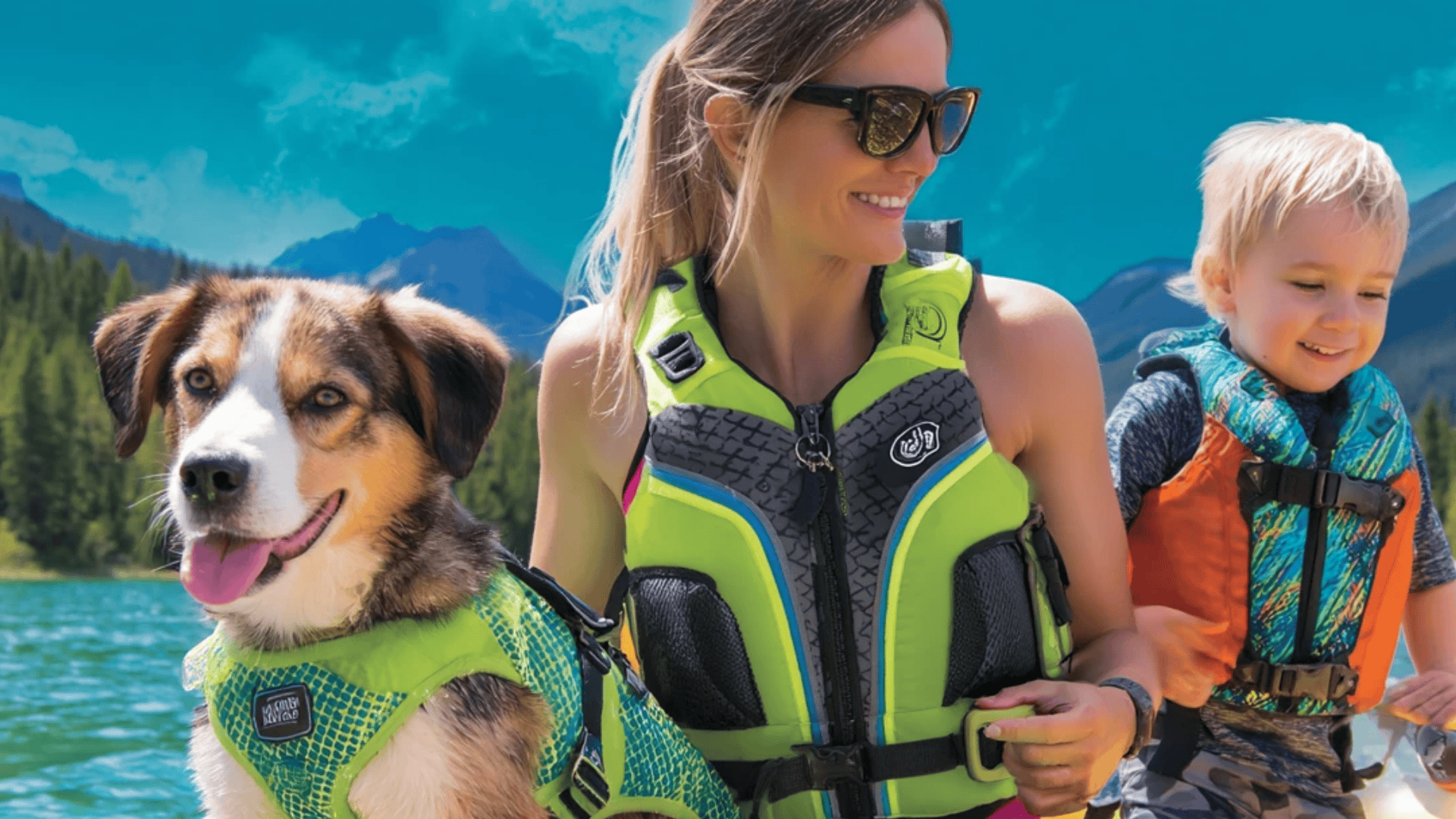
Proper fit is critical. A poorly fitted PFD can ride up, cause chafing, or fail to keep your head above water when you need it most.
How to Determine the Right Size
Finding the correct size ensures your PFD works exactly as intended, offering both comfort and protection when you need it most.
- Measure your chest at the widest point
- Check manufacturer size charts (sizes can vary between brands)
- Try it on fully zipped and tightened – it shouldn’t ride up when you lift your arms
- Perform the lift test – if someone tugs the shoulders and it slips significantly, it’s too loose
A well-fitted PFD feels snug but not restrictive, giving you freedom of movement while staying secure in all paddling conditions.
Special Sizing Considerations
Not every paddler has the same body type, so specialized PFD designs exist to maximize comfort, safety, and effectiveness across all users.
| User Type | Special Features |
|---|---|
| Women | Contoured cuts designed for the female body shape |
| Plus-size paddlers | Extended sizing options |
| Youth and children | Smaller models with secure fits |
| Pets | Dog-specific PFDs with rescue handles |
Considering these special fits ensures every paddler, from kids to pets, gets the protection they need without sacrificing comfort or mobility.
PFD Categories and Top Product Recommendations
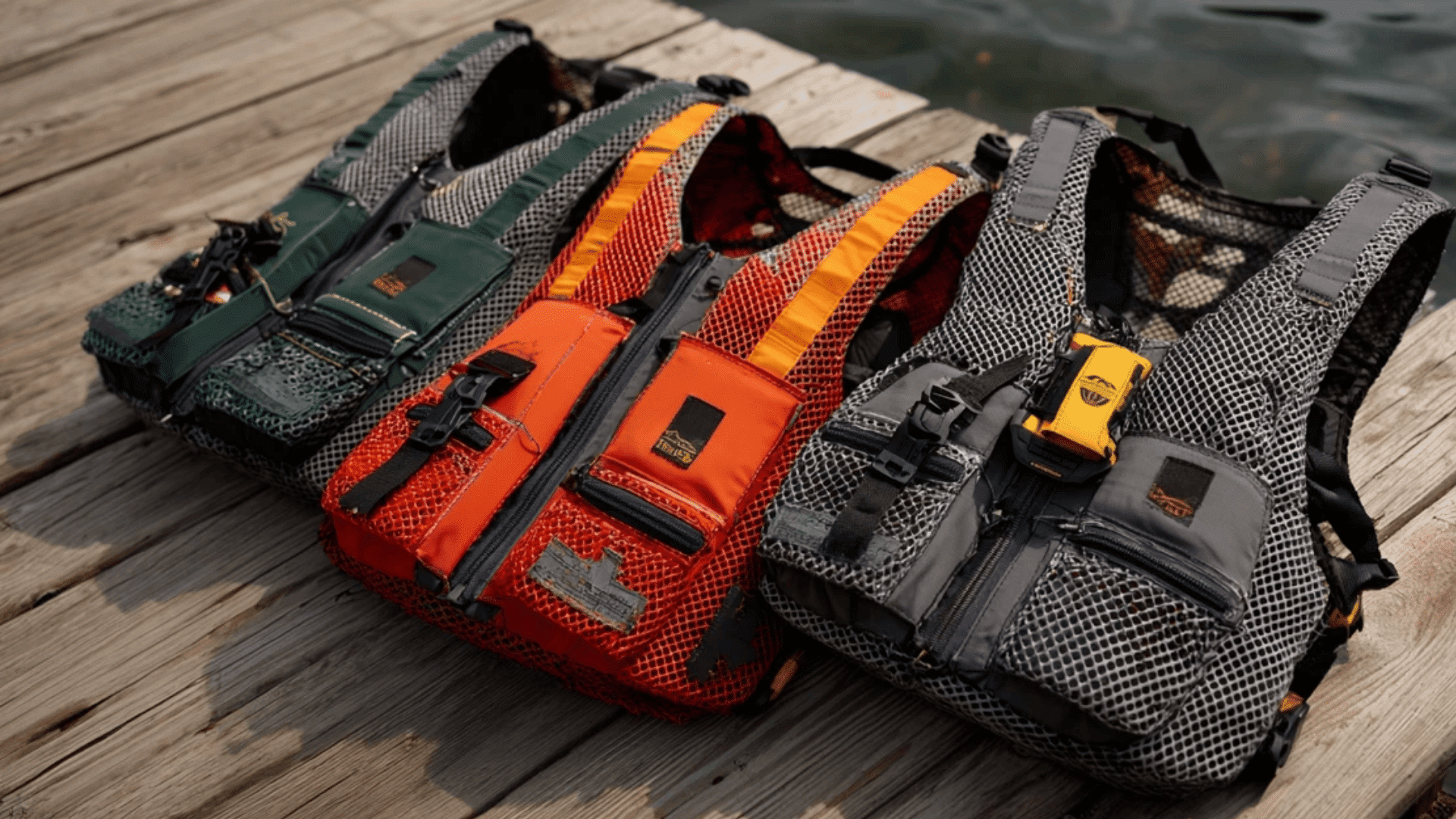
Personal Flotation Devices (PFDs) for kayaking are categorized based on buoyancy and use case, ranging from high-buoyancy offshore models to specialized rescue designs.
Here are three key categories, each with top product picks.
Type I PFD – Offshore, Maximum Buoyancy
These are designed for use in rough or remote waters, offering the highest buoyancy. They turn most unconscious wearers face-up for safety.
- Onyx MoveVent Dynamic Paddle Sports Vest: Foam flotation, excellent maneuverability, designed for extended offshore use.
- Mustang Survival Moxie Foam Adult PFD: Durable foam vest with high buoyancy, comfortable and secure for challenging conditions.
- Mustang Survival MIT 100 Automatic Inflatable PFD: Lightweight, inflatable design with automatic inflation, ideal for offshore paddling and long wear.
Type III PFD – Most Popular for Kayaking
Best for calm or inland waters requiring mobility and comfort. These vests offer moderate buoyancy and allow for freedom of movement.
- NRS Vapor PFD: 15.5 lbs buoyancy, low-profile fit, multiple adjustable straps, and pockets
- Astral GreenJacket Kayak PFD: Comfortable with a great range of motion and durable build, 15.5 lbs of buoyancy
- Stohlquist Edge PFD: Trim design for superior comfort and wear, 15.5 lbs of flotation, ideal for frequent paddlers
Type V PFD – Special Use / Rescue
Specialized for whitewater, swiftwater rescue, and technical paddling, featuring quick-release harnesses and reinforced construction.
- Astral GreenJacket Rescue PFD: 16.5 lbs buoyancy, rugged design with rescue belt and rescue ring.
- NRS Rapid Rescuer PFD: High-buoyancy professional-grade rescue vest with secure straps and technical build.
- NRS Ninja Pro Rescue Lifejacket (PFD): Compact, versatile rescue vest with advanced features for technical paddlers.
These recommendations provide well-rounded options for different kayaking environments, prioritizing safety, comfort, and performance.
Quick Comparison Table
| Type | Model | Buoyancy | Best For |
|---|---|---|---|
| Type I – Offshore | Onyx MoveVent Dynamic | 15 lbs | Extended offshore paddling, mobility |
| Mustang Survival Moxie Foam PFD | 16 lbs | Offshore durability, secure fit | |
| Mustang Survival MIT 100 Inflatable | 26 lbs (inflated) | Long wear, lightweight offshore safety | |
| Type III – Kayaking | NRS Vapor | 15.5 lbs | Calm/inland waters, comfort |
| Astral GreenJacket | 16.4 lbs | Touring, mobility, durability | |
| Stohlquist Edge | 15.5 lbs | Frequent paddling, slim fit | |
| Type V – Rescue | Astral GreenJacket Rescue | 16.5 lbs | Whitewater rescue, quick-release harness |
| NRS Rapid Rescuer PFD | 22 lbs | Swiftwater rescue, professional use | |
| NRS Ninja Pro Rescue PFD | 16.5 lbs | Technical paddling, rescue scenarios |
Using and Maintaining Your PFD the Right Way
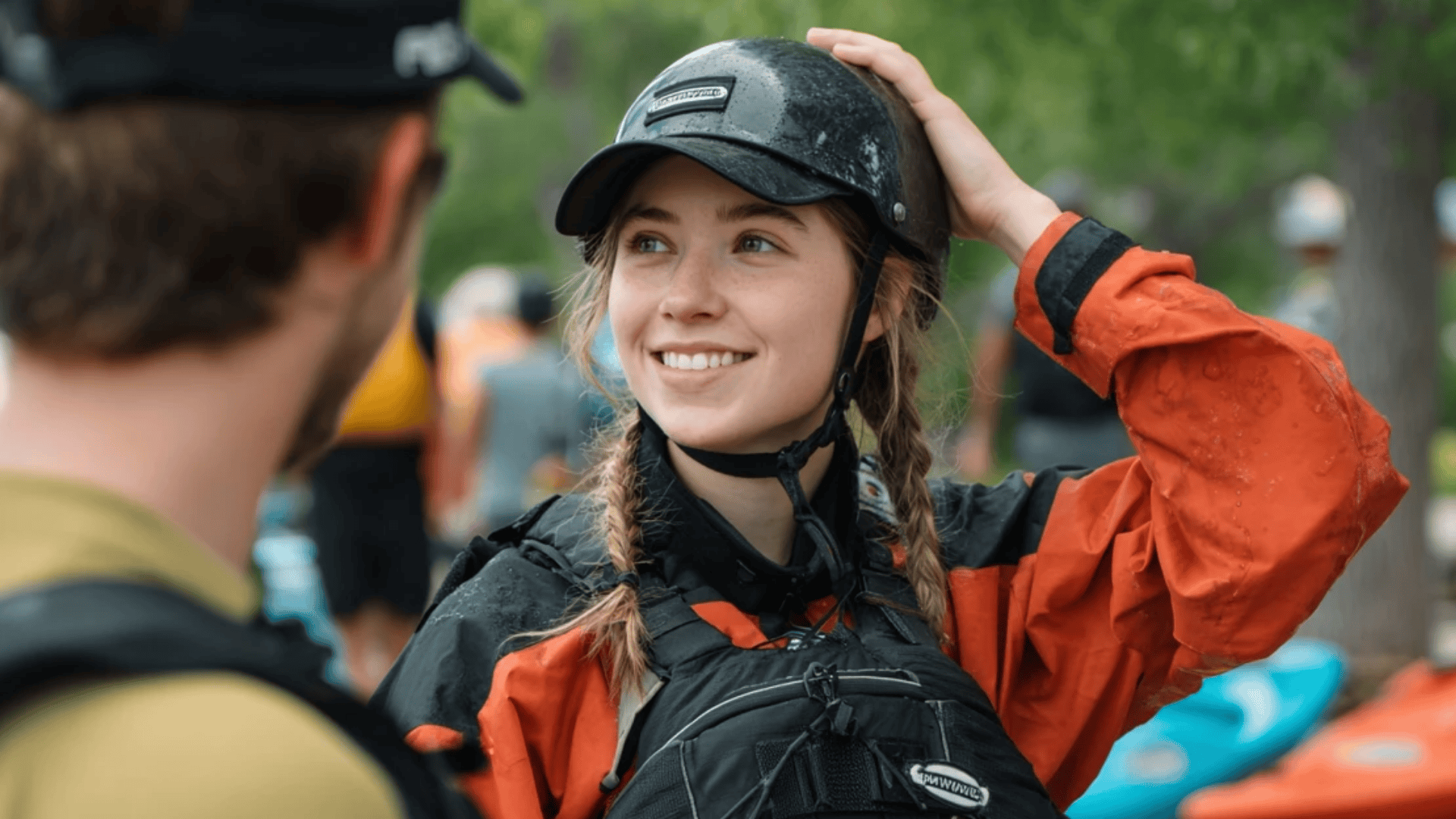
A PFD keeps you safe only when it’s in good condition and worn correctly. Smart use ensures maximum protection every trip.
- Inspect straps, buckles, foam, and closures before every trip.
- Wear it at all times and keep it securely fastened.
- Rinse thoroughly after use in saltwater and air dry completely.
- Store in a cool, dry place away from sunlight.
- Replace when foam compresses or straps show wear.
Simple care and consistent use extend your PFD’s life and guarantee it performs when you need it most.
Choosing Based on Your Paddling Style
Your specific paddling activities should determine which features you prioritize:
| Paddling Style | Priority Features | Recommended Models |
|---|---|---|
| Recreational paddling | Comfort, simplicity, ventilation | Onyx MoveVent, Stohlquist Trekker |
| Whitewater | High flotation, secure fit, durable construction | NRS Minimalist, Stohlquist Trekker |
| Sea kayaking/touring | Bright colors, reflective accents, reliable flotation | Astral V-Eight, NRS Chinook |
| Fishing | Multiple pockets, gear attachment points | NRS Chinook, Stohlquist Trekker |
| Hot weather paddling | Lightweight, breathable mesh construction | Astral V-Eight, NRS Minimalist |
Selecting based on your primary activity ensures you don’t compromise safety for convenience or vice versa.
Avoiding Mistakes and Preparing for Emergencies
Many paddlers make errors that reduce safety and comfort. Avoiding common mistakes keeps your PFD effective in every water situation.
- Don’t buy based only on price; fit and features matter.
- Always choose the correct size and adjust for the layers of clothing.
- Never skip wearing your PFD, even in calm conditions.
- Replace old or damaged vests promptly.
- Attach a whistle or strobe and practice self-rescue.
Staying alert to mistakes and preparing for emergencies ensures confidence and safety every time you step into your kayak.
Final Recommendations
Regardless of which PFD you choose, the most effective one is always the one you wear consistently.
A high-quality, properly fitted PFD isn’t just gear, it’s peace of mind on every trip.
Take the time to find the right fit, maintain it regularly, and make strapping it on a non-negotiable part of your paddling routine.
Fasten every buckle, secure every strap, and step into the water knowing you’re fully prepared.
Your safety is worth the investment, and the right PFD will serve you season after season. Don’t wait, choose your PFD today and paddle with total confidence.


